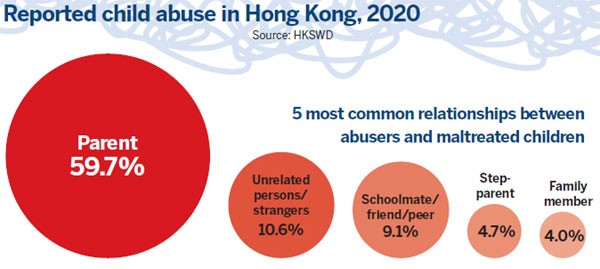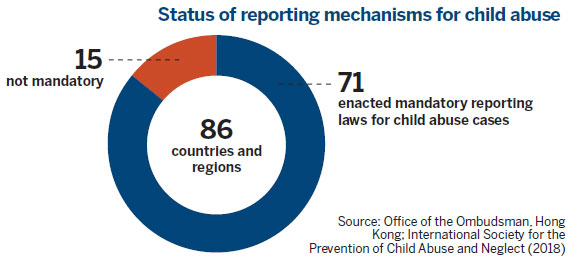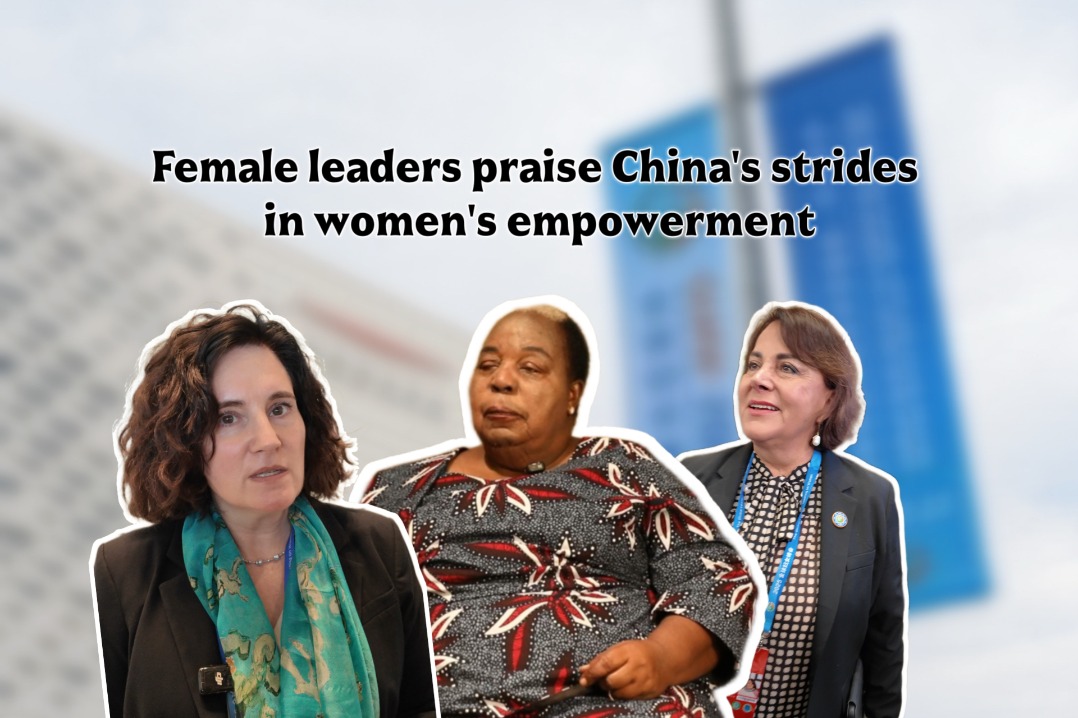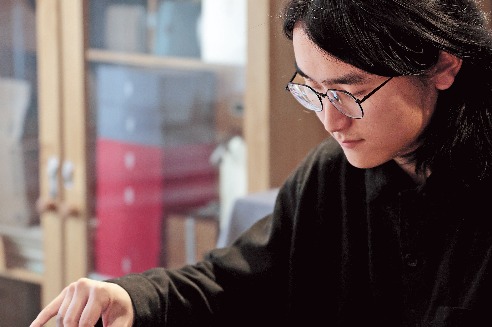Child abuse figures are tip of the iceberg



Saving the victims
Save the Children Hong Kong, established in 2009, tackles the underlying parent-child relationship and mental health of both parents and the youth. Its signature Heart to Heart Parent-Child Program, introduced in 2018, has enhanced relationships by imparting positive parenting knowledge to parents and caregivers.
It empowers children to express their views and emotions. Carol Szeto, the organization's chief executive, said they are expanding the reach to more children and families particularly from deprived and marginalized communities.
Last year, Save the Children Hong Kong announced an investment of HK$8 million ($1.03 million) in mental health programs. "In collaboration with other NGOs, we rolled out programs for a variety of interventions, including intensive counseling, talks, workshops, parents' support groups, and art and play therapy to help children and youth maintain positive mental health, and build resilience," Szeto said.
Loved ones of the victims play a vital role for their recovery, Dunne said. It is vital that families and professionals (teachers, nurses and doctors) "believe children when they disclose." The psychological harm is worst among children not listened to and believed, or in situations in which family members and trusted adults downplay the seriousness of abuse.
When asked to share ways to get over the trauma, child abuse survivors answer "learn to accept and confront it." One aspect of resilience is psychological fortitude, which is stronger in some people than others. "Not everyone has the cognitive skills or mental strength to overcome," Dunne said.





































